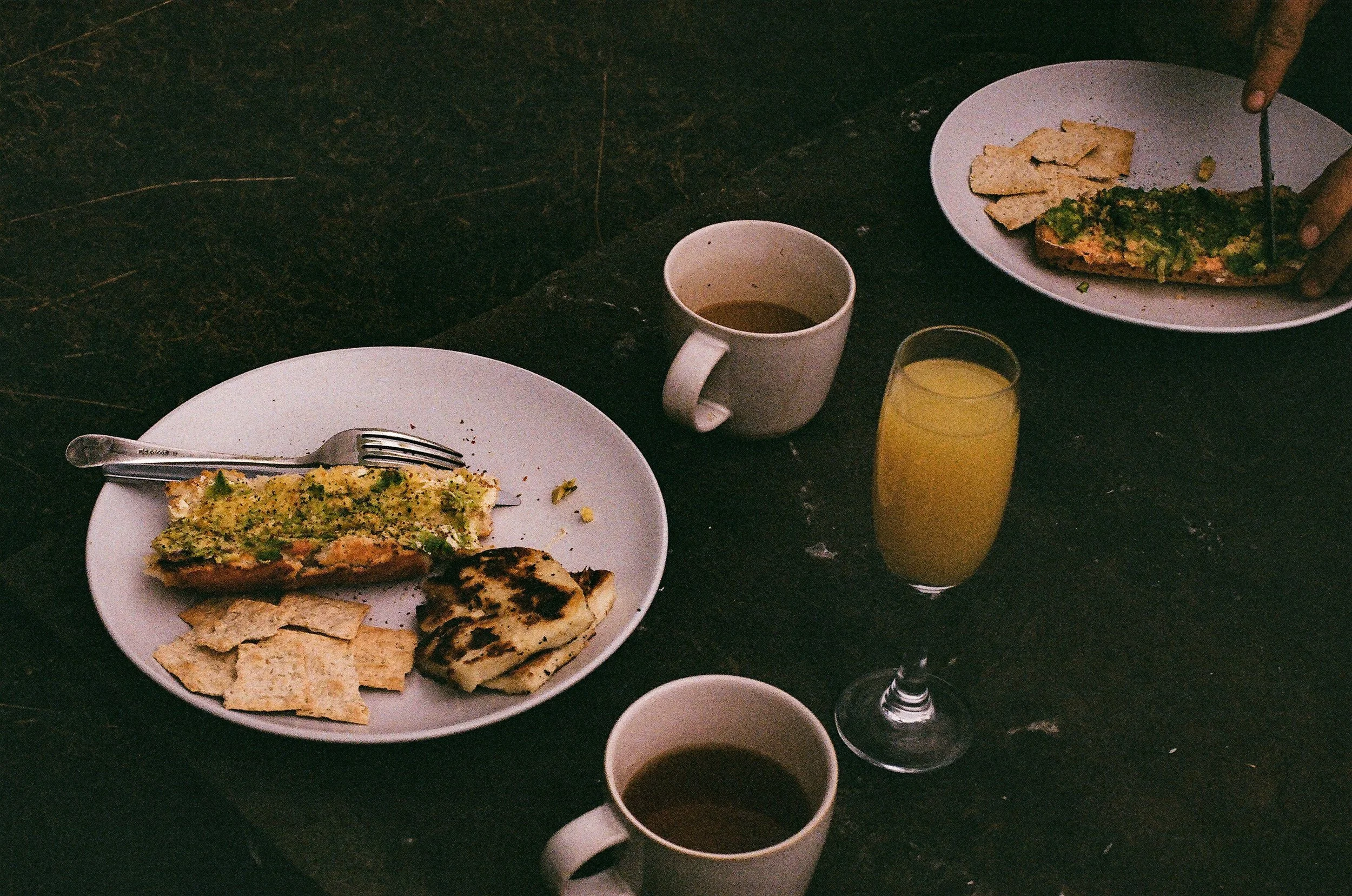The Rise of “Eatertainment”: Marketing Food as an Experience, Not a Commodity
People don’t just want food. They want a show. The future of hospitality is immersive, shareable, and sensory, and the restaurants that lean in will lead.
The days of relying on good food and decent service to stand out are over. Today’s consumer expects more. In 2025, diners aren’t just picking a restaurant for the menu. They’re choosing it for the moment. They want to feel something, post something. They want an experience that sticks.
This shift isn’t just about aesthetics. It’s about positioning. If your restaurant is still marketing food as a product instead of an emotional experience, you’re leaving money and market share on the table.
WHAT IS “EATERTAINMENT” AND WHY IS IT WINNING?
Eatertainment blends dining with entertainment to create a full-sensory brand experience. Think drag brunches, chef-led tastings, interactive cocktail pairings, live-fire kitchens, and experiential pop-ups.
This trend is backed by data. According to Technomic, 78% of millennial and Gen Z diners say they’re more likely to try a new restaurant if it offers a unique experience beyond the food.
Here’s the real insight: eatertainment isn’t a gimmick, it’s a storytelling tool, and if you use it right, it builds loyalty, demand, and virality.
HOW TO POSITION YOUR RESTAURANT AS AN EXPERIENCE
Start with your brand story. Don’t force trends. Build experiences rooted in your concept, values, and audience. Ask: What do we want people to feel when they walk in, eat here, and tell their friends?
Create moments worth sharing. If your space isn’t giving people a reason to pull out their phone, you’re missing built-in amplification. Design intentional visual anchors—statement drinks, theatrical desserts, chef action stations that align with your vibe, not distract from it.
Think in touchpoints, not transactions. Eatertainment lives in the details. It’s the scent of woodsmoke from the open kitchen. It’s the curated playlist. It’s the way your server introduces the special with passion instead of a memorized script. Build micro-moments that feel alive.
Integrate content strategy from the start. Your experience should be a content engine. That means planning with marketing in mind. From the lighting to the plating to the way guests order. Every part should contribute to the story your audience shares online.
REAL-WORLD EXAMPLES
AREA15 Las Vegas has turned experiential dining into a competitive advantage by layering immersive art and performance into their food and beverage offerings. Their concept isn’t just about what’s on the plate, it’s about transporting the guest.
Superfrico by Spiegelworld at The Cosmopolitan redefines the dining experience with psychedelic visuals, roaming performers, and an “Italian American Psychedelic” menu. Guests don’t just eat; they’re entertained from the moment they walk in, with unexpected moments that feel like a dinner inside a show.
Best Friend by Roy Choi at Park MGM isn’t just a restaurant. It’s a vibe, a brand extension, and a cultural stamp all in one. Neon signage, 90s hip-hop, and street food flair turn the meal into a memory.
WHY THIS MATTERS
In a world of AI-generated everything, the brands that win will be the ones that deliver real-life moments that can’t be copied. Eatertainment is sticky because it’s human. It gives your guests a reason to return, to post, to remember, and choose you over the algorithm or the next trendy place.
The restaurants that will dominate this decade are the ones that stop marketing food and start marketing moments. Eatertainment isn’t a phase. It’s a strategy. And if you’re serious about growth, brand equity, and long-term relevance, it’s time to step into the spotlight.
If you’re building out a concept or rethinking your restaurant’s marketing, our 1:1 consulting dives deep into experiential strategy, brand positioning, and content that converts. When you’re ready to build buzz that actually drives revenue—WE’RE HERE.







